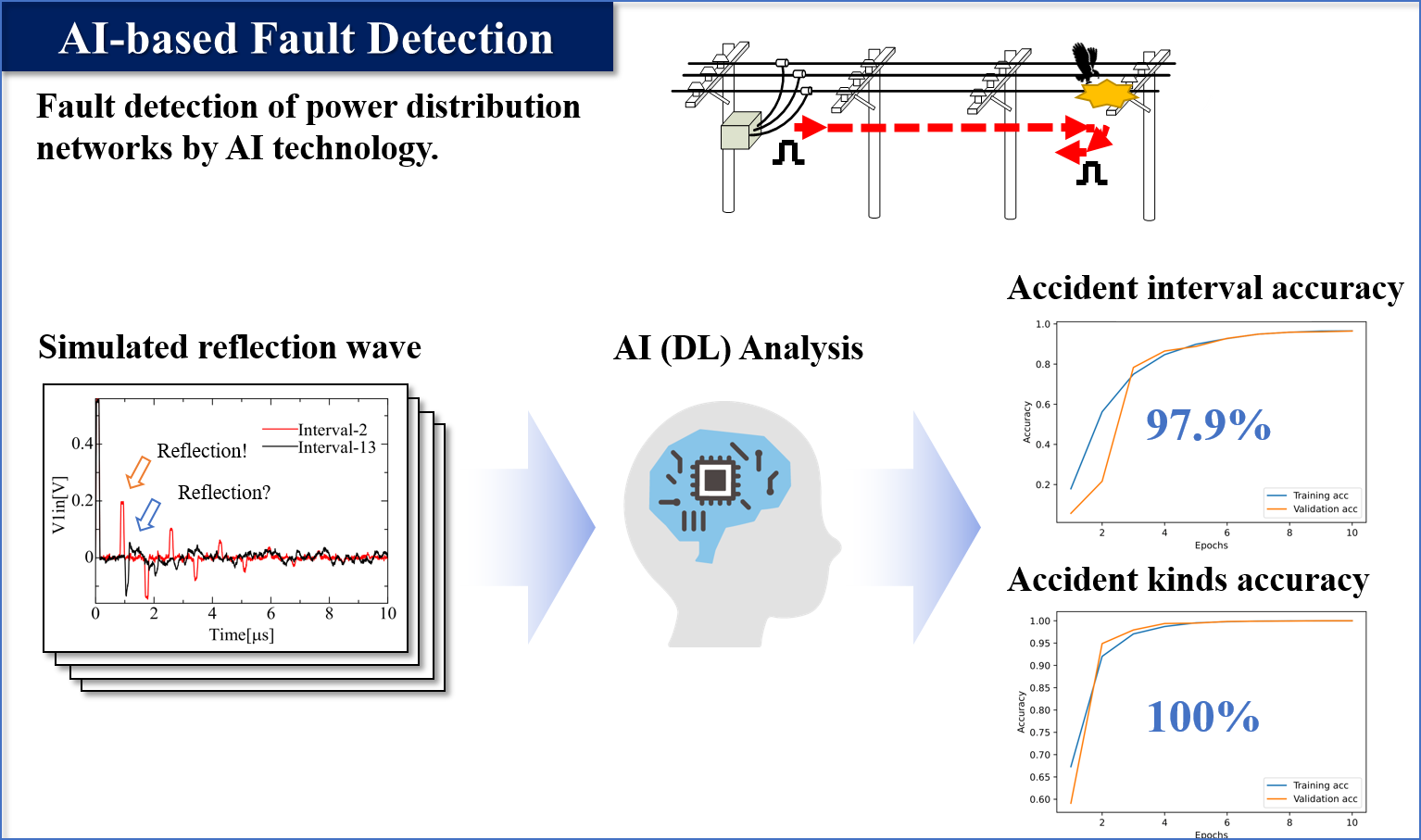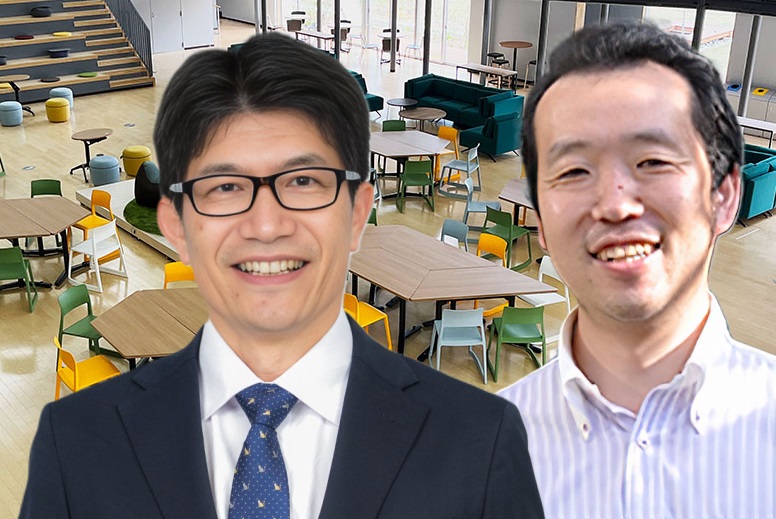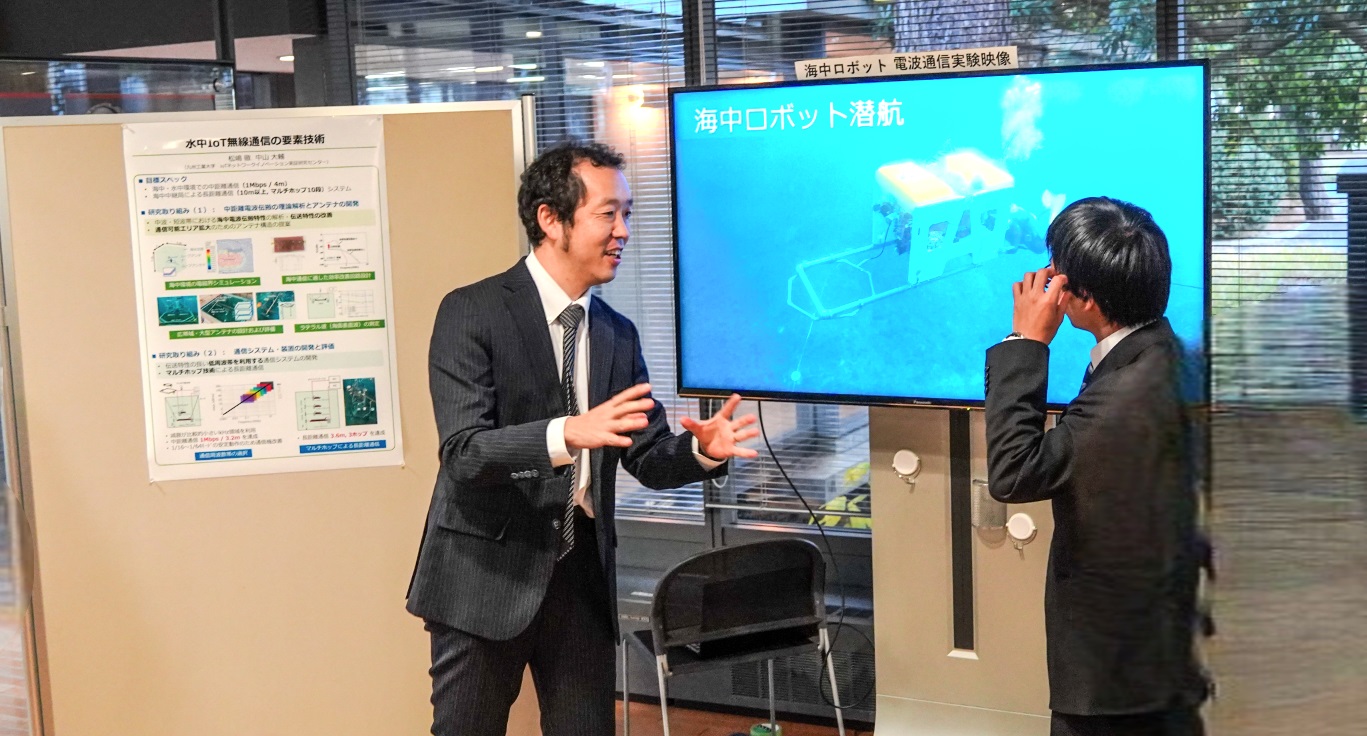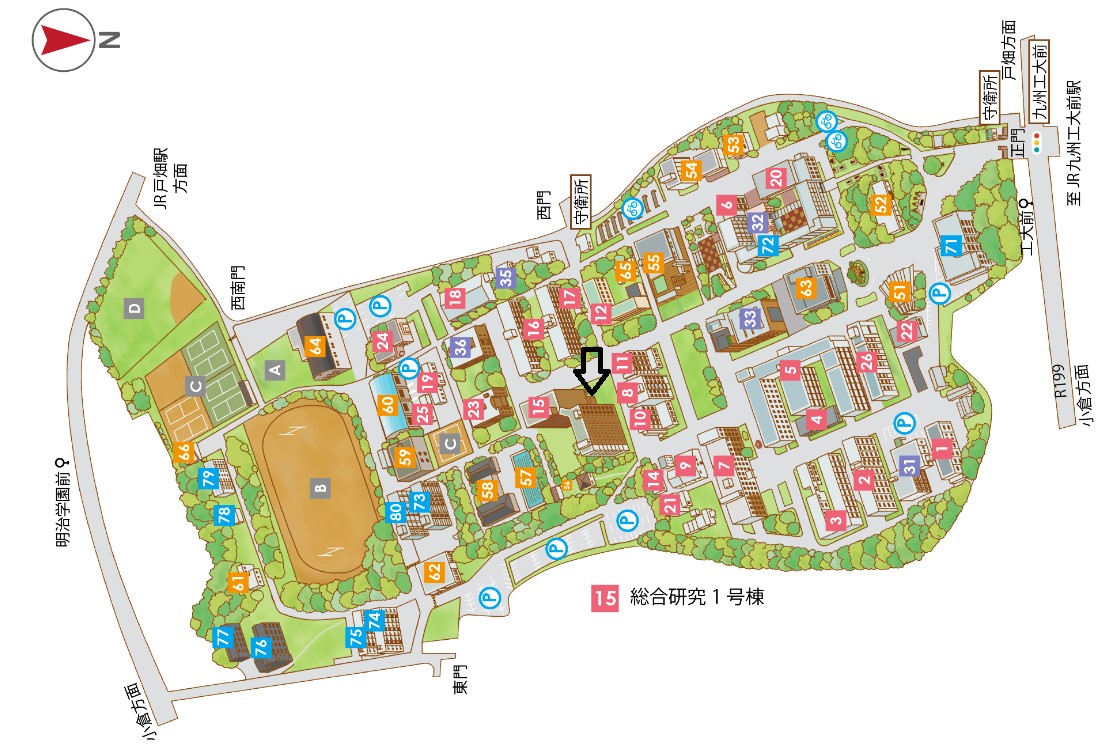IoT System Engineering Laboratory
Welcome to IoT System Engineering Laboratory
The IoT, which connects various devices to the Internet, continues to advance. Significantly, the technology to operate IoT devices correctly and transmit data in any electromagnetic environment are the most critical issue for the development of IoT. In our laboratory, we are researching and developing IoT systems’ correct operation and communication in homes, offices, factories, automobiles, and even undersea.
Research

Aquatic IoT Communication
The most common method of underwater communication is using acoustic communication technology, but this is for use in the vast open ocean where there are no reflections. The communication capacity is limited to sending only text or coarse images. High-speed communication technology is needed in these ocean areas to promote IoT in the aquaculture industry and bay construction. However, it has been believed that high-speed communication is impossible because high-frequency radio waves do not propagate underwater and undersea. This research aims to establish a communication system that can transmit HD video streams using several hundred kHz bands and an OFDM communication method.
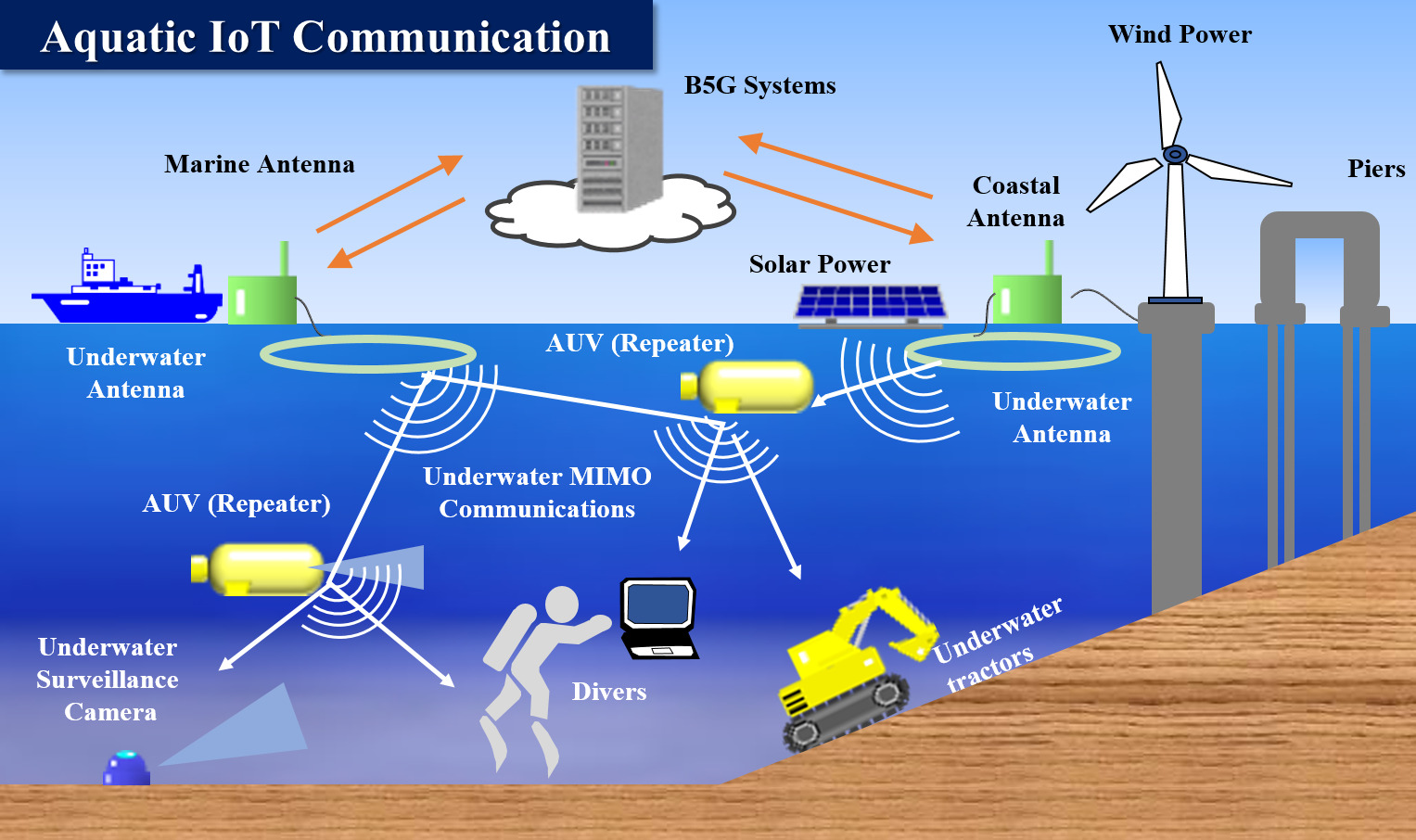
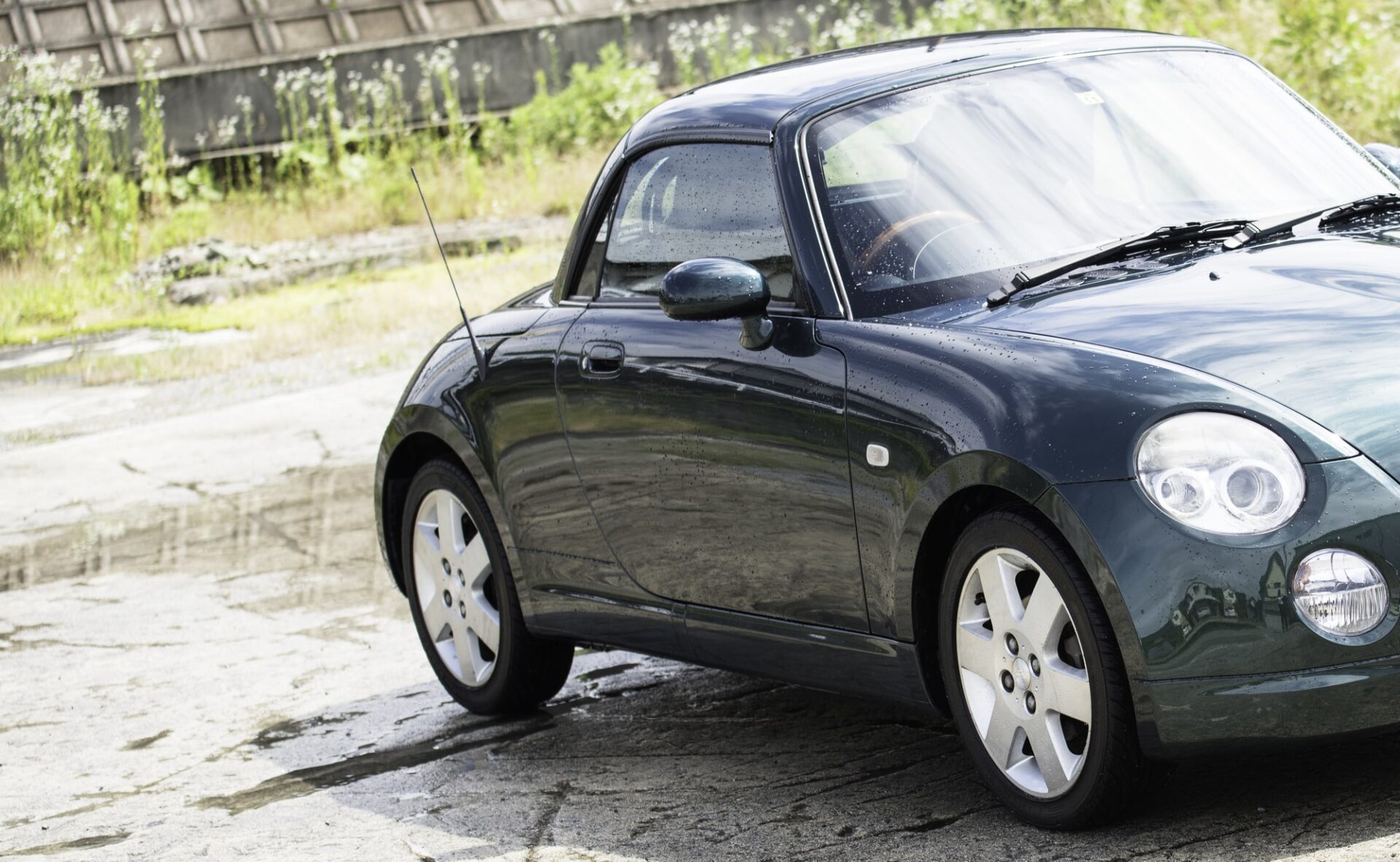
Automotive EMC
As autonomous driving technology attracts more attention, in-vehicle communications are increasingly essential to consolidate information from in-vehicle sensors, cameras, etc. On the other hand, with the spread of electric vehicles such as EVs and HEVs, many power-electronic devices are installed in cars. In-vehicle communications must not be interfered with by electromagnetic interference from power electronic devices. To ensure safety, it is necessary to guarantee reliable communication even in harsh electromagnetic environments. Therefore, this study examines in-vehicle communications for fully automated driving.
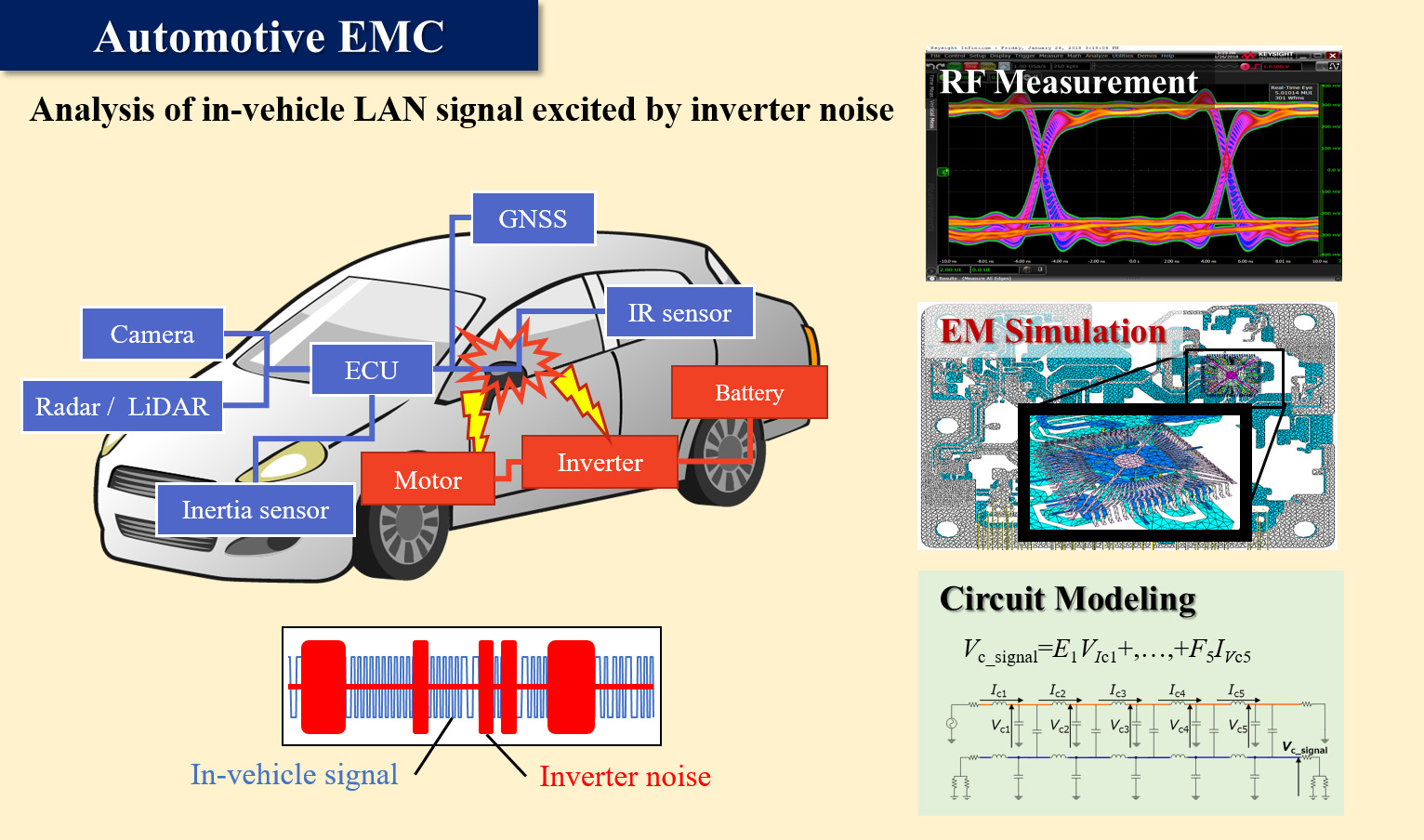
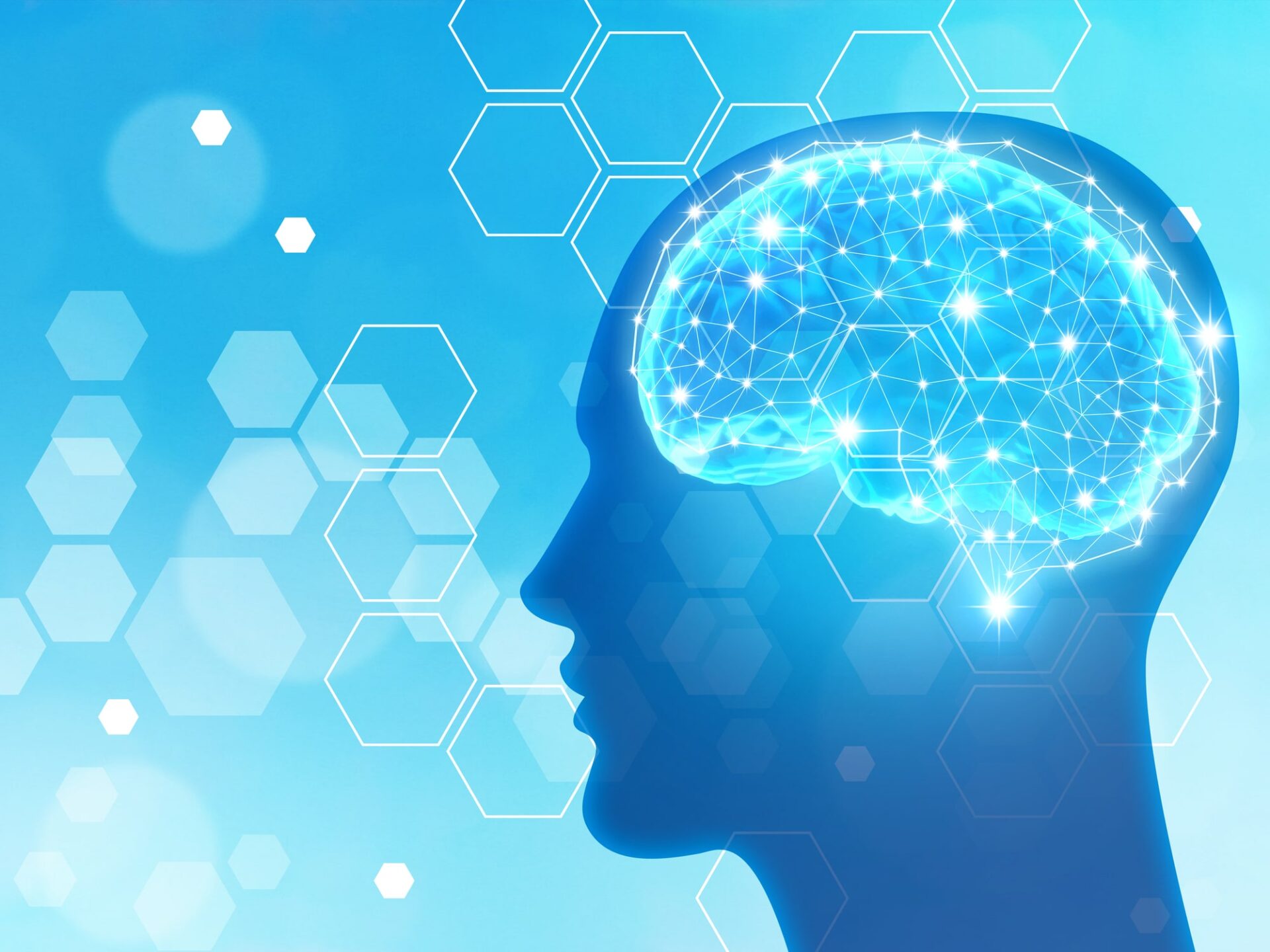
AI/5G
Introducing the latest topic technologies is an essential approach to researching IoT systems. For this reason, we are also working on research topics integrating AI and/or 5G. For example, in the event of a power distribution network failure due to lightning strikes or natural disasters, we have developed a method to diagnose the location and type of accident based on a slight disturbance in the reflected signal waveform using the TDR (Time Domain Reflectometry) method. We have succeeded in improving the accuracy of accident point determination by using AI technology. We are also studying millimeter-wave band communications using the testbeds of Local 5G and Beyond 5G installed in Kyutech.
